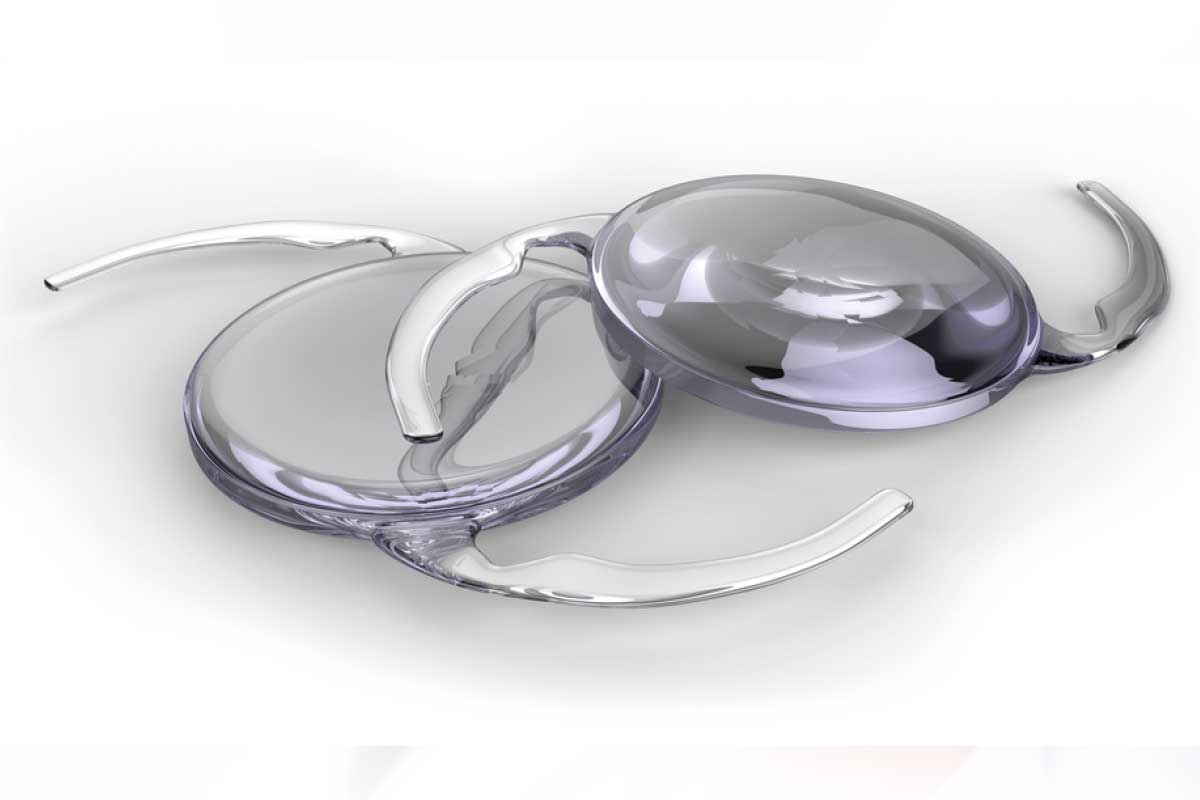
What is a phakic intraocular lens?
Phakic lenses are designed to provide premium visual outcomes for patients with high myopia (nearsightedness) or hyperopia (farsightedness). These artificial lenses are made from a soft, pliable material, which is a biocompatible collagen polymer that offers UV protection.
Who is a good candidate for a phakic lens procedure?
This lens is the best alternative for patients with high myopia or high hyperopia, and who are not eligible for a laser vision correction procedure.
What are the benefits of a phakic lens?
A phakic lens is a beneficial option for a number of reasons:
- It corrects high prescriptions that a laser vision correction procedure cannot treat
- The procedure is quick and minimally invasive
- Patients notice a visual improvement right after surgery
- The lens is completely removable, allowing patients, as well as their ophthalmologist, to make changes whenever necessary
What is the safety of a lens implantation procedure?
Intraocular lenses have been on the market for decades, helping a number of people to achieve clear vision. This type of technology helps patients meet their individual vision needs while adhering to strict safety guidelines.
What are the steps involved in myopic phakic intraocular lens procedure?
Lens implantation is a simple and straightforward procedure that takes just 10 to 15 minutes per eye to complete.
The steps that you can expect with your lens implantation procedure are listed below:
Step 1:
First, the surgeon uses eye drops to dilate your pupils—please note that this step may trigger some light sensitivity. Pupil dilation may also cause blurred vision in the first four to six hours following administration of the drops, particularly at near distances. Then, eye drops will be used to anesthetize your eyes.
Step 2:
The surgeon will then create a small incision at the base of the cornea. This is where the lens will be inserted behind the iris, the coloured part of the eye. It will be positioned directly in front of the natural crystalline lens.
Step 3:
The lens will then be properly inserted and positioned.
Step 4:
Most patients will be able to return to their day-to-day activities in the 24 hours after surgery. But under any circumstances patients might not be allowed to drive home following their procedure and would have to arrange transportation ahead of time.
Step 5:
Patients will be required to undergo a follow-up appointment in the first 24 hours following their surgery. After this, regular post-operative appointments must be respected in the first year. Then, patients can return to the hospital annually for check-ups.
What are the steps involved in Hyperopic Phakic Intraocular Lens procedure?
The procedure is the same as a myopic phakic intraocular lens procedure, but with the added step of having to undergo a short procedure beforehand.
The first step is to undergo a Laser Peripheral Iridotomy (LPI), one to four weeks prior to your lens implantation. During the LPI procedure, the surgeon will create tiny openings in the outer edge of the iris, which will allow the eye to maintain its pressure after the new lens has been placed. After the LPI, patients are required to put drops for four days. The healing period for the LPI is relatively quick so patients will have been booked for their lens implantation soon after. After this the patients will be ready for the lens implantation, which follows the same steps as the myopic phakic lens procedure.
